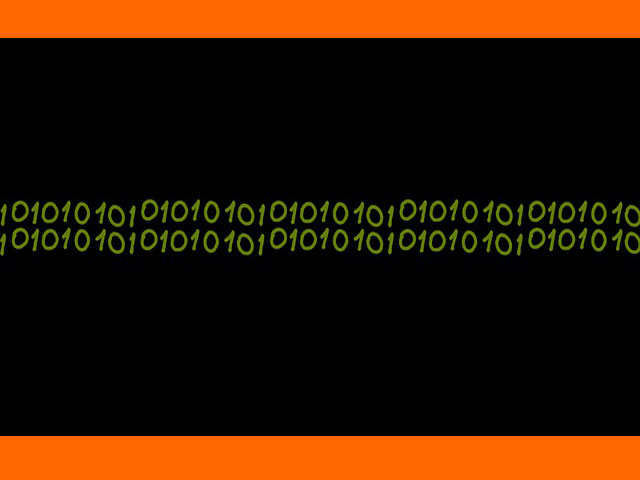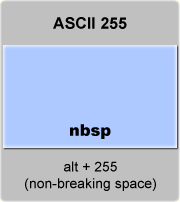

Producing unusual characters in HTML documents. The symbols that produce the non-breaking space ( ) form what Produce an empty table data cell when you have table borders turned Than a proportional font, thus guaranteeing that the spaces willĪ non-breaking space also counts as real content, which is useful to

These tags cause the spaces to be rendered in a monospace font rather They're especially useful inside tags, for That is, while browsers weed outĮxtra white space when rendering a page, all non-breaking spaces are Unlike other empty spaces in HTML documents, the effects of Together even if a line break would normally separate the two words, To use a non-breaking space, youįor example, if you wanted the words "Mr." and "Foo" to appear Information here may no longer be accurate, and links may no longer be available or reliable.Ī non-breaking space prevents line breaks from occurring at a particular
Then add your text after the < t >.< /t > The period is used as a space holder and it is easier to type, but the & 160 can be used in place of the period also making it so the color coding is irrelative.Toss a zero-width space between the symbols and the text and I’m all set.This content has been archived, and is no longer maintained by Indiana University. Make sure the color code matches the background the px is variable to desired length for the tab. On CSS Twitter, I might want to refer to a query or show an #id-selector. Like on Twitter, if I or #hashtag in the text of a tweet, those will be linked up respectively. What I have needed to do is exactly the opposite: trick a system into thinking a single word is two words. It might be useful in a long word to suggest that it can be broken there… but that’s also rare as we have the soft-hyphen ( ) which is designed for that and leaves a typically appropriate hyphen at the break. That’s pretty theoretical though-I’ve never once needed to do that.

WordPress was being weird about it and not escaping it even when in a code block. In text, maybe you’d use it around slashes because you want to be sure the words are treated individually but not have any physical space around the slash: That’s an image. The name zero-width space is antithetical, but it’s not without uses.


 0 kommentar(er)
0 kommentar(er)
